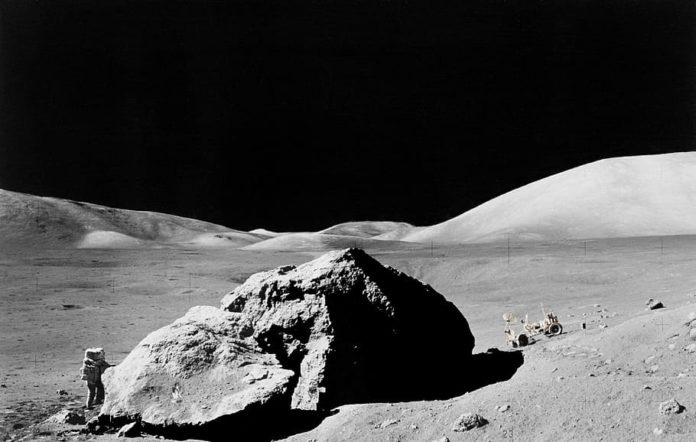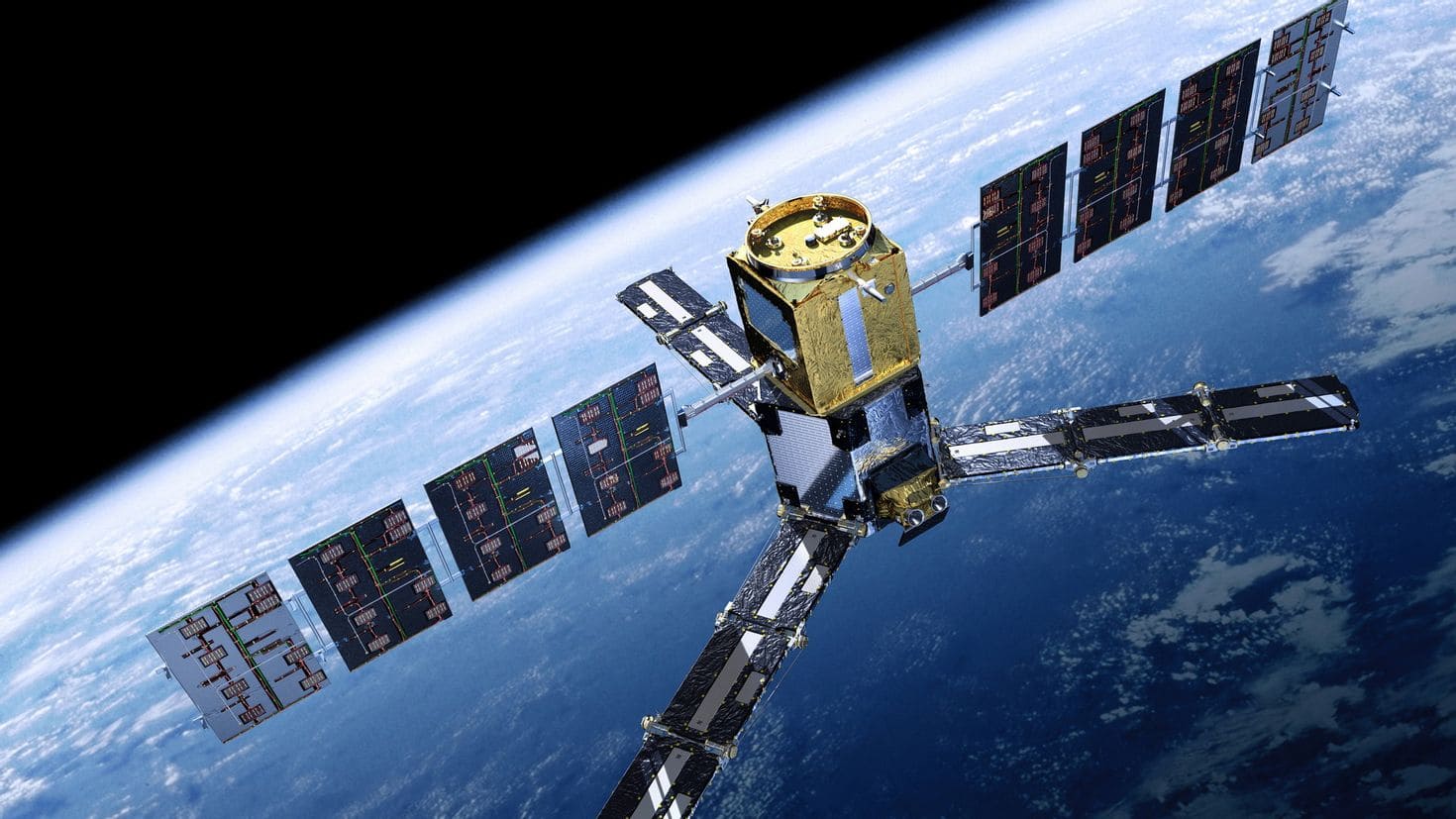One of the theories regarding the Moon’s origin suggests that around 4.5 billion years ago, a small planet collided with the young Earth, ejecting molten rock into space. Over time, this debris cooled and solidified, forming our planet’s satellite. However, the specifics of this formation remain mysterious, akin to an adventure novel, as noted by scientists from the University of Arizona, who revealed new insights into the Moon’s evolution in their research.
Much of our understanding of the Moon’s origin comes from studying regolith samples collected by Apollo astronauts decades ago. These samples showed a notably high concentration of elements such as titanium, particularly in rocks found on the Moon’s far side. However, the mechanism behind how and why these rocks ended up there remained unclear.
As the Moon formed rapidly and was initially hot, it likely had a global ocean of magma. As this magma gradually cooled and solidified, it formed the lunar mantle and dense crust. Yet, the processes occurring in the deeper layers remained largely unknown. Modeling suggests that residual magma could have crystallized into dense minerals like titanium-bearing ilmenite or iron.
According to Weigan Lyan of the University of Arizona, these heavy minerals, being denser than the mantle beneath them, could have caused gravitational instability, leading to their sinking deeper into the Moon’s interior. Over millennia, this dense material might have mixed with the mantle, melted, and eventually emerged on the surface as titanium-rich lava flows we observe today, essentially turning the Moon inside out.
In a recent study, researchers from the United States and China compared modeling data with observations of linear gravitational anomalies. These anomalies were measured by NASA’s GRAIL program using two orbiters circling the Moon from 2011 to 2012. The researchers found that the gravitational characteristics observed matched the modeling results. They concluded that ilmenite-rich rocks migrated to the near side of the Moon and sank into the interior, leaving behind traces that cause gravitational anomalies, as detected by GRAIL.
These observations also helped determine when this process occurred. Analysis revealed that the largest and oldest impact craters on the near side of the Moon are disrupted by linear gravitational anomalies, indicating that these rocks formed earlier. Scientists estimate that the ilmenite-rich layer sank into the Moon’s interior about 4.22 billion years ago, contributing to later volcanic activity observed on the Moon’s surface.
While these findings confirm aspects of the Moon’s formation theory, they also raise more questions about its surface features. According to Jeffrey C. Andrews-Hanna of the University of Arizona, the Moon’s near side, facing Earth, and its far side differ significantly in terms of elevation, crust thickness, lava coverage, and rare metal concentrations.
The displacement of the lunar mantle is believed to be linked to the unique structure and formation history of the Moon’s near side. However, the details of this displacement have been debated among scientists. The new study combines geophysical data on the Moon’s internal structure with computer models of its evolution, providing physical evidence of what happened in the Moon’s depths during a critical stage of its evolution.
Future missions are expected to shed more light on the Moon’s origin and inner workings, providing a better understanding of our celestial neighbor. As Weigan Lyan added, when Artemis astronauts land on the Moon, humanity will gain a significantly enhanced understanding of our lunar companion compared to the Apollo era.



